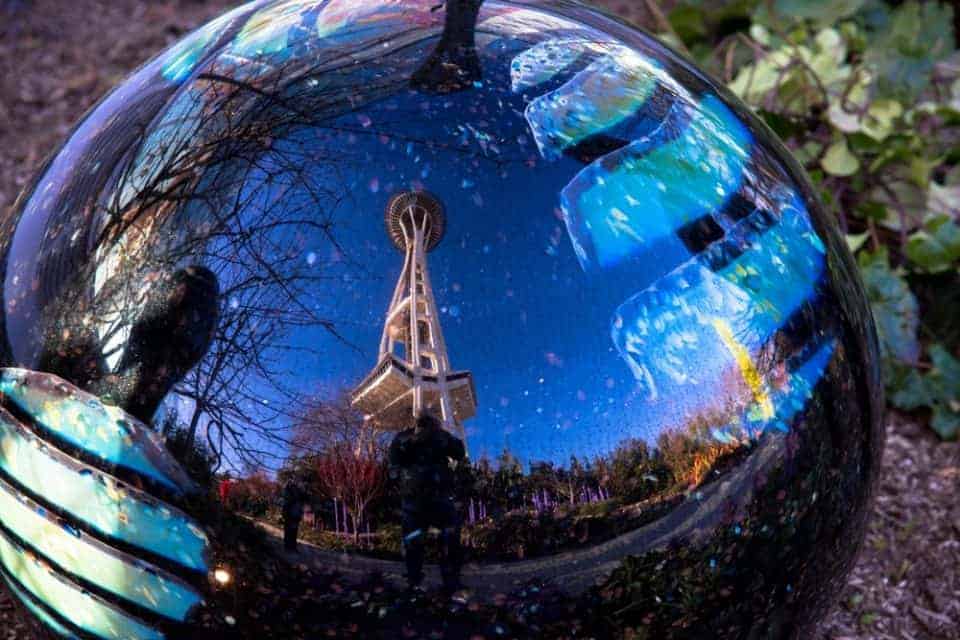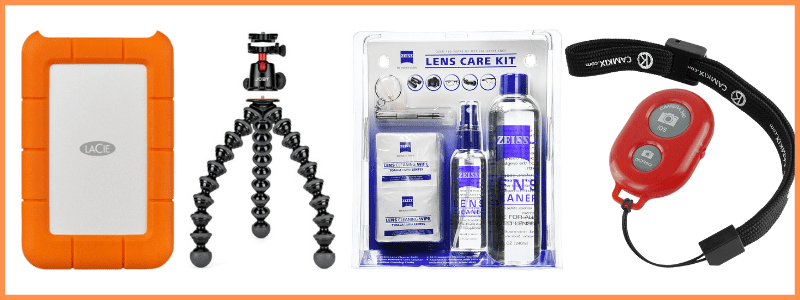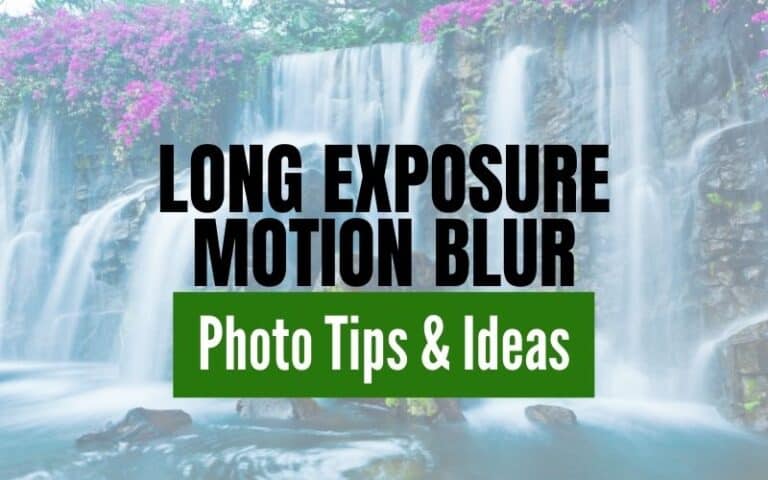How to Use Framing in Photography
Framing in photography draws focus to the subject by blocking other parts of the image with something in the scene.
Take a look at the various ways you can use framing in landscape photography. You’ll learn how to use elements in the scene to frame the subject which creates impact for the viewer.
Use these tips in addition to the other basic photography techniques to capture your own pictures using framing!

This site contains affiliate links which means WE may receive commissions for purchases made through these links. We only provide links to products we actually use and/or wholeheartedly recommend! As an Amazon Associate, we earn from qualifying purchases. Read the full Disclosure Policy.
Camera Gear for Landscape Photography
- Tripod: take a look at these compact and lightweight travel tripods!
- Camera Bag: protect your camera from sand and water → We use Lowepro camera backpacks for outdoor photography.
- Neutral density filter: to compensate for variance of light you’ll need to use a neutral density filter. → Check out the Kase magnetic filters we use!
- Camera cleaning kit: remove dust or water that WILL get on your lens. NOTE: this is not for cleaning the sensor.
- Memory cards: purchase name brand memory cards since you’re trusting your images to the card! → We use Lexar and Sandisk!
- External hard drive: copy photos to a portable external hard drive ‘just in case’.
- Headlamp: use when taking sunrise and sunset photos!
Camera Gear at B&H Photo
Check out these framing photo ideas for landscape photography shared by members of our Facebook Group, Your Photography Journey to illustrate this compositional technique.
WATCH the video as we discuss how framing is used in each image.
What is Framing in Photography?
In photography, “frame” refers to the border of a photo. Thus, everything “within the frame” will be seen in the final image.
But as a photography composition technique, framing is the use of elements of the scene to emphasize the subject that you’re shooting.
It’s simply a technique of drawing focus to the main subject in the photo by blocking all the other sections of the image with something in the scene.
Framing provides a visible “frame” within the photo’s borders. Think of it as a “frame-within-the frame” of the photograph.
Frames can either be located anywhere in the image.
Why Is Framing Important in Photography?
Using framing in photography composition is a unique way to draw the viewer’s attention to the subject that you’re shooting by making it more aesthetically appealing.
A photographer’s creative eye to include framing will add originality and impact to the photos you take.
Some of the benefits of framing include:
1. Add Context
Add context by framing a scene with an element that conveys something about the place. For example, an archway or window would be found in a building or home. And foliage used as a frame would indicate being out in nature.

In the photo above, the frame is a wall constructed of rock bricks with a window. The viewer knows they are looking through an old structure to the landscape scene beyond.
2. Make the Subject Stand Out
Using the natural elements of the sloping canyon walls as a frame, there is no mistake this famous Yellowstone waterfall is the focal point.

And using the composition technique of filling the frame, there are no distracting elements to draw the eye away from the waterfall.
3. Add Depth
Since you will be using a frame with some elements of the scene within the frame of the photo, this adds another layer to the image. And as a result, it gives the photo a sense of depth.
Using the “frame in a frame” technique helps to draws viewers in, and makes them feel as though they were inside of the photo, rather than just looking at it.

In the photo above at Mesa Arch in Canyonlands Island in the Sky, the arch is used as a frame to draw the eye inside the opening.
Then the foreground, midground and background elements help to create a 3D image with depth.
4. Create Extra Visual Interest With A Frame
Another reason to use frames is that they add visual interest to your images.
The intricate detail of overhanging leaves and branches adds a beautiful element to a photo.

For example, in the photo above, imagine this instead with the bird on a single branch with all blue sky as the background.
That picture would be uninteresting compared to this photo with all the branch patterns contrasted against the blue sky.
Types of Framing Photography?
There are countless elements that you can use to create frames within your photos.
But the common ones include manmade elements like doorways and windows and natural elements like branches and trees.
1. Manmade Frames
Manmade objects are the most commonly used framing elements in photography composition. That’s since they are abundant and easy to manipulate in the photo.
Such elements range from the popular ones like doors, windows, fences, bridges, tunnels, overpasses, and archways.
Be open to finding other objects you can use as a frame.

It’s up to you as the photographer to see the possibilities around you to use manmade objects as a frame to add interest to your photo!
2. Natural Frames
Using natural elements for framing is popular when shooting landscapes. This is where landscape photographers get creative!
Some of the natural elements that you can use for framing include trees, branches, cliffs, and openings through hills and rocks.

We used the window opening to frame Turret Arch when photographing Arches National Park.
When Should You Use Framing in Photography?
Like most photography techniques, you don’t have to use framing every time you are composing a scene.
You want to use a frame when it “adds to the image”. That’s when it makes it interesting by adding context or perspective.

It’s Time to Practice and Experiment with Frames!
Like leading lines and other photography composition techniques, the first step to using frames is to look for the frames.
So, it’s time to take out your camera and study the scene. See if there are frames that can add something to your photos.
Remember, don’t force elements of the scene into the image as frames. When they work, use them!
AMAZON Landscape Photography Books:









